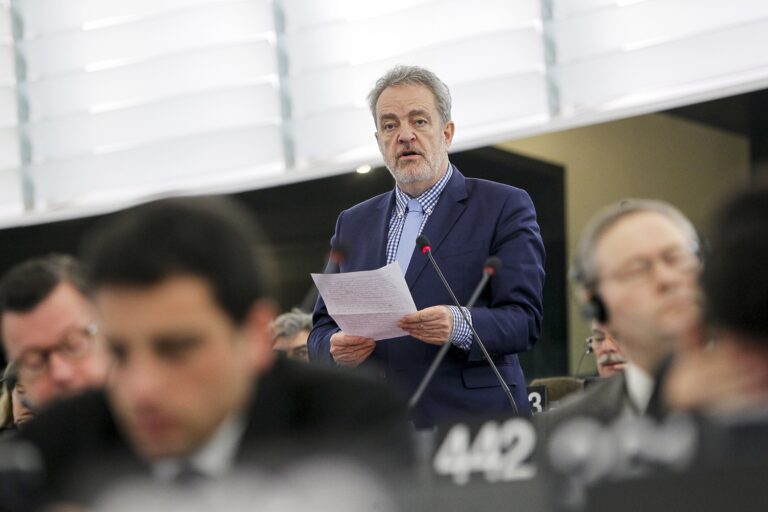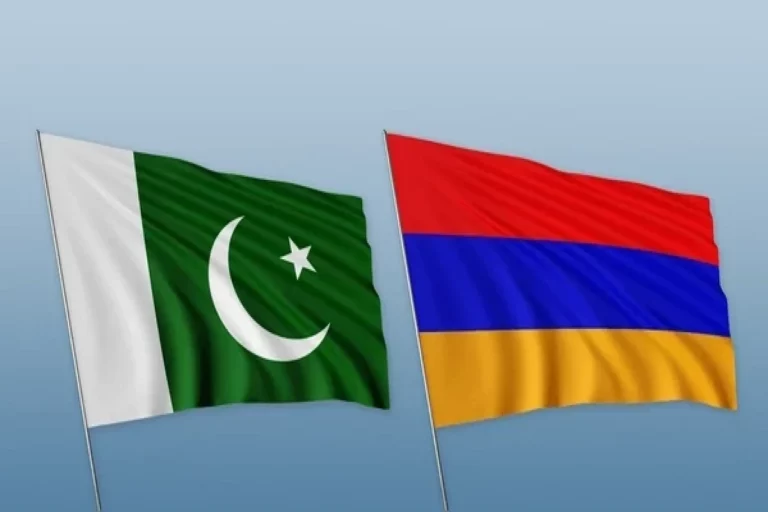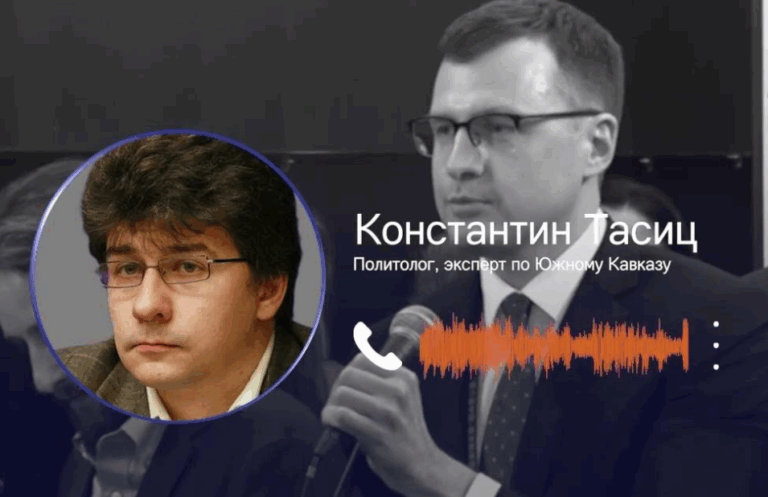Visit of Azerbaijani Journalists in Exchange for a “Peace Agreement” – Aliyev’s Formula
April 10 2025, 19:10
Many may have forgotten, but in March 2022, Azerbaijan presented Armenia with five basic points as the foundation for negotiations on a “peace agreement.” These points concerned mutual recognition of each other’s “territorial integrity,” delimitation and demarcation, among other issues. However, for Nikol Pashinyan, the fifth point of Aliyev’s proposals was important. This point addressed the opening of transport and communication links and the establishment of other relevant ties and cooperation in areas of mutual interest.
The fifth point was intended to be the “candy” that Nikol Pashinyan could “sell” to the people of Armenia after recognizing Artsakh as part of Azerbaijan, delimiting it according to Azerbaijani maps, and so on. A whole PR campaign was built around this “candy,” and the fifth point of the Azerbaijani proposals was called the “Crossroads of Peace.” However, experts, diplomats and statesmen who know the history of Armenian-Azerbaijani relations warned that the “Crossroads of Peace” risked becoming “Pashinyan’s Dead End,” and that, having received everything it wanted, Baku would not rush to establish economic cooperation with Armenia.
That’s exactly what’s happening. It is no coincidence that Azerbaijani President Ilham Aliyev said that he currently does not imagine any economic integration with Armenia. “Of course, we cannot imagine how we will immediately become friends with Armenia, this is unrealistic. It is too early to even talk about any kind of economic integration. But we are ready to start taking small steps towards building trust,” Aliyev said. According to him, Georgian partners have recently proposed several similar initiatives to Baku. The Azerbaijani side responded positively and is now waiting for Armenia’s response. Aliyev said that “if everything works out, small steps can be initiated.” He mentioned mutual visits by journalists and joint sessions addressing the issue of transboundary rivers as examples of such initiatives.
In other words, Baku is willing to discuss only issues of interest to itself, such as water resources, and is offering Pashinyan little more than a visit by Azerbaijani journalists. Judging by the recent press tour of Turkish journalists to Armenia, it appears that Pashinyan may even fund such visits from the Armenian budget.
For years, negotiations on the Karabakh issue followed the formula “territories in exchange for status,” where Armenia was prepared to cede territories of the Nagorno-Karabakh Republic in exchange for Azerbaijan’s recognition of the Nagorno-Karabakh Republic’s status outside Azerbaijani territorial integrity. The “young and inexperienced” Pashinyan criticized this formula, deeming it unacceptable. Today, this formula has been replaced by the Aliyev formula: “the visit of Azerbaijani journalists in exchange for a “peace agreement.”
Pashinyan’s “Dead End” is becoming more and more tangible. Moreover, Aliyev’s statements once again confirm that Pashinyan has been unable—and will remain unable—to fulfill the promises made in 2021. Nikol’s election has only benefited Azerbaijan, which received the whole of Artsakh without Armenians, and Armenia lost the physical depth of security, the economic infrastructure of Artsakh, its agricultural wealth and mineral resources, and a significant portion of its historical and cultural heritage.
Think about it…








